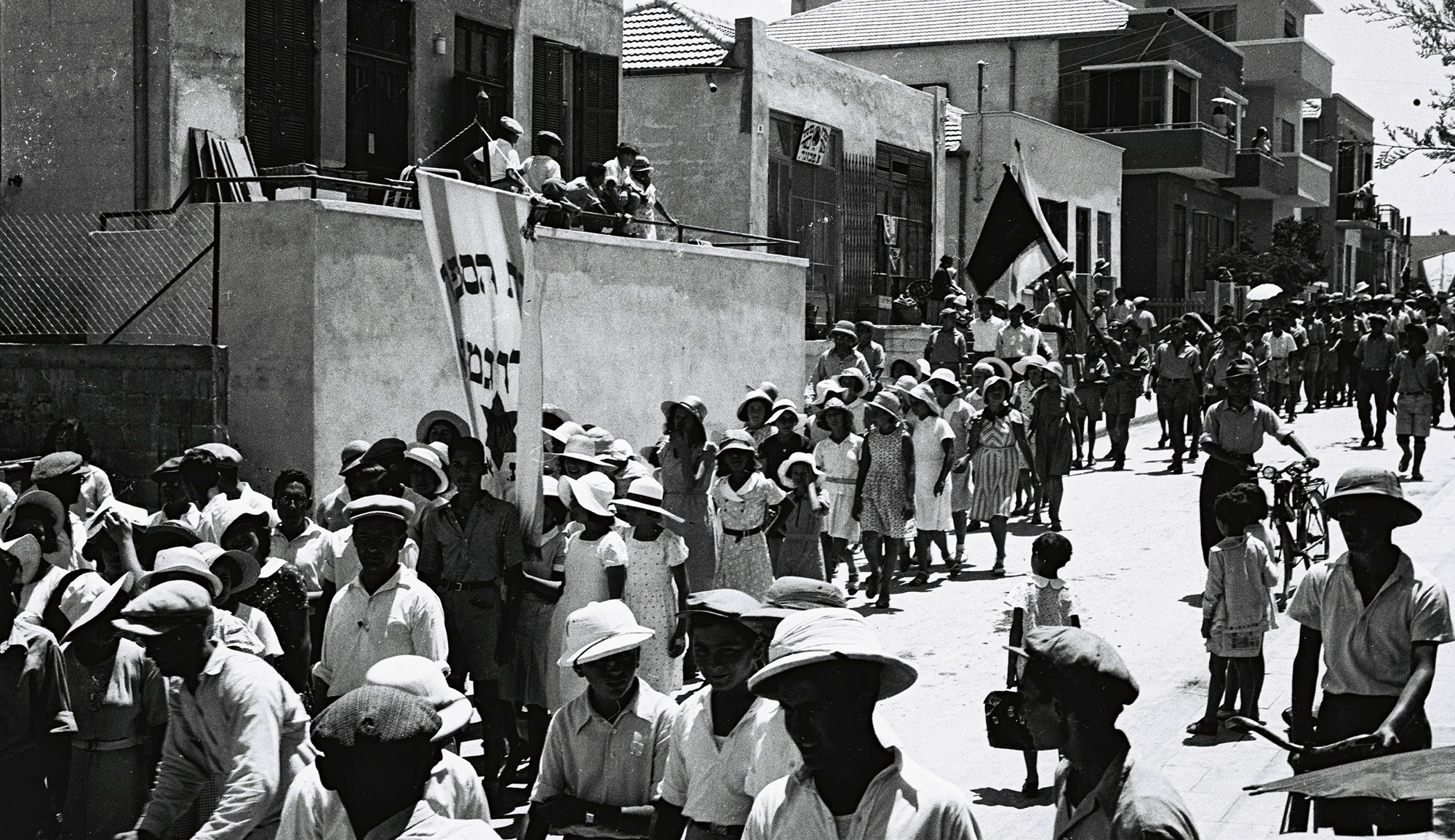In the 1979 film The Frisco Kid, Gene Wilder and Harrison Ford star as, respectively, a greenhorn Polish rabbi and an American bank robber who together make their way from Philadelphia to San Francisco. The musicologist and composer Velvel Pasternak relates his brief stint as the movie’s wardrobe consultant, tasked with obtaining some ḥasidic garments, including a tall hat trimmed with beaver pelts known in Yiddish as a biber-hitl:
At the time, the central shopping area for ḥasidic clothing was in the Williamsburg section of Brooklyn. On a Monday morning, two weeks before the beginning of the High Holy Days, without thinking carefully, I dressed in a Pierre Cardin brown checked suit, and a wide-brimmed brown hat complete with colorful feather, and drove to Brooklyn. It was the height of the pre-holiday shopping season, and, as I entered the narrow Selko Hat Store, I saw the proprietress assisting eight Ḥasidim, who were busily engaged in trying on hats. . .
I approached her and said: “I would like to see a Polish-style biber hat in size seven and also in size seven-and-a-quarter.” (The studio had asked for a second hat needed for the understudy.) She gave me a strange look but went up a ladder and brought down two boxes. By this time, I had caught the attention of the Ḥasidim. With large grins, they left an open path to the mirror, and placing myself squarely in front of it, I removed one of the hats from its box. Aside from the ludicrous picture I must have created by trying on a biber hat while wearing a Pierre Cardin brown checked suit, neither hat was my size. . . .
While the film was being shot, I had the opportunity to answer several questions about Hasidim that others could not answer. I responded to such queries as, “Mr. Pasternak, is it proper for a Ḥasid to wear a shtreimel while traveling across the Rockies on a horse?” In addition, I gave Hollywood two pieces of unsolicited advice. It was not realistic, I informed the studio, that a ḥasidic rabbi, or any Orthodox rabbi for that matter, would dance with his future bride in public. I also advised them that in keeping with the subject of the film, the music score should, at the very least, have some elements of ḥasidic or East European Jewish motifs. Both of my suggestions were ignored. In the final scene, the rabbi danced with his bride-to-be, and the music was in lush Hollywood style.


